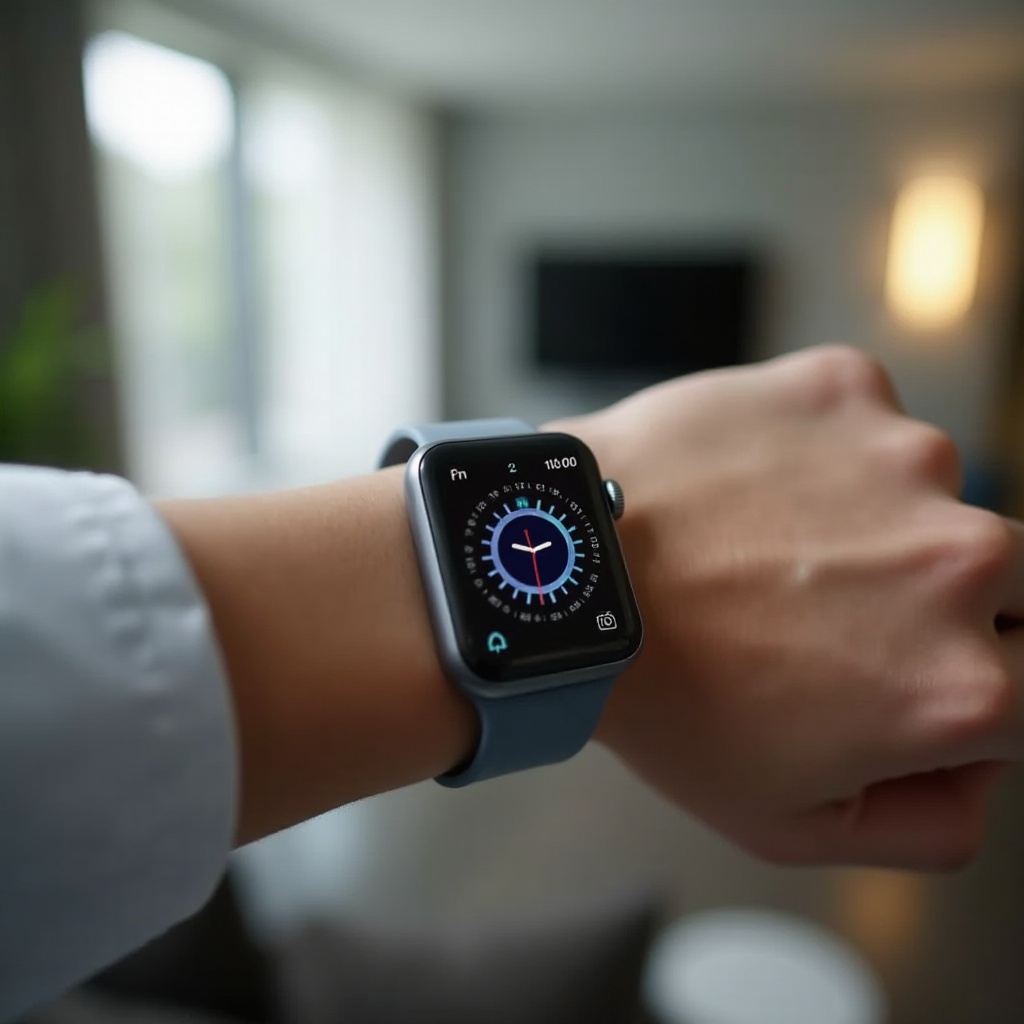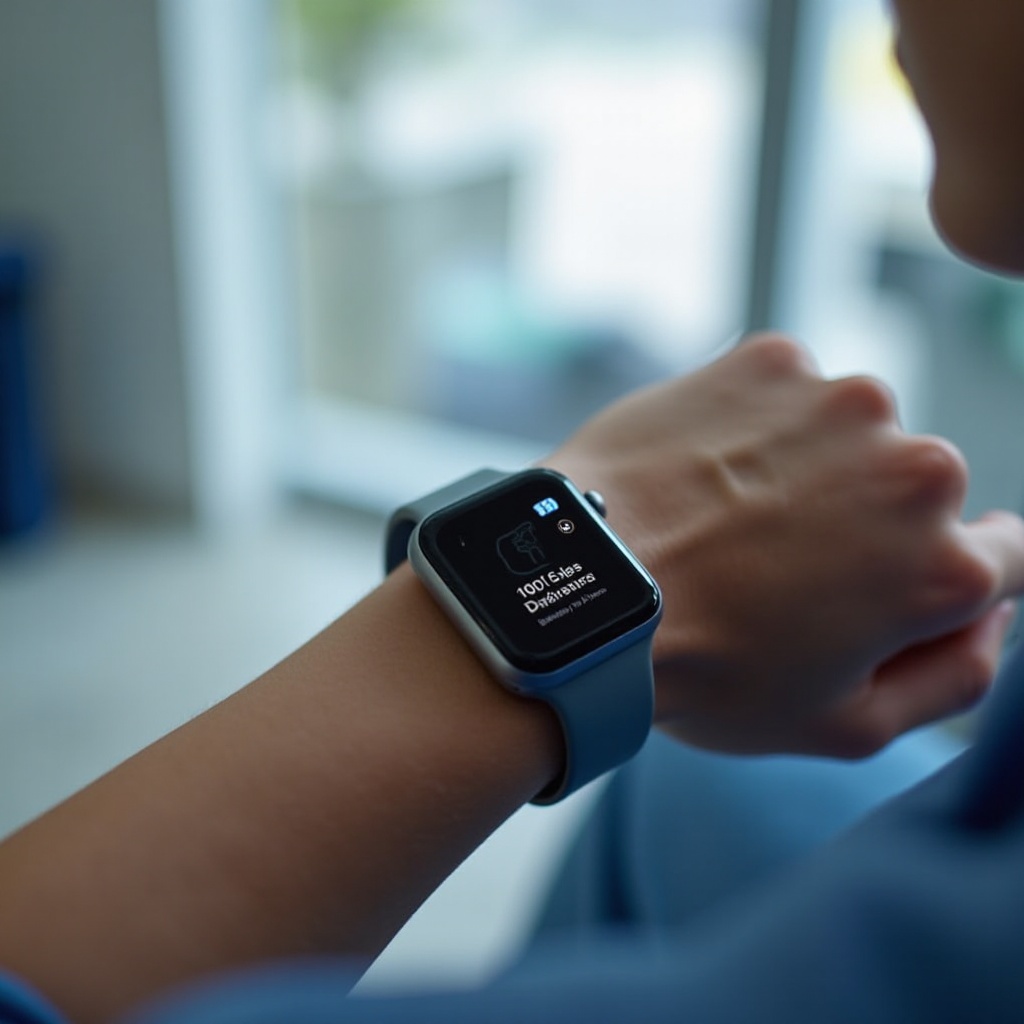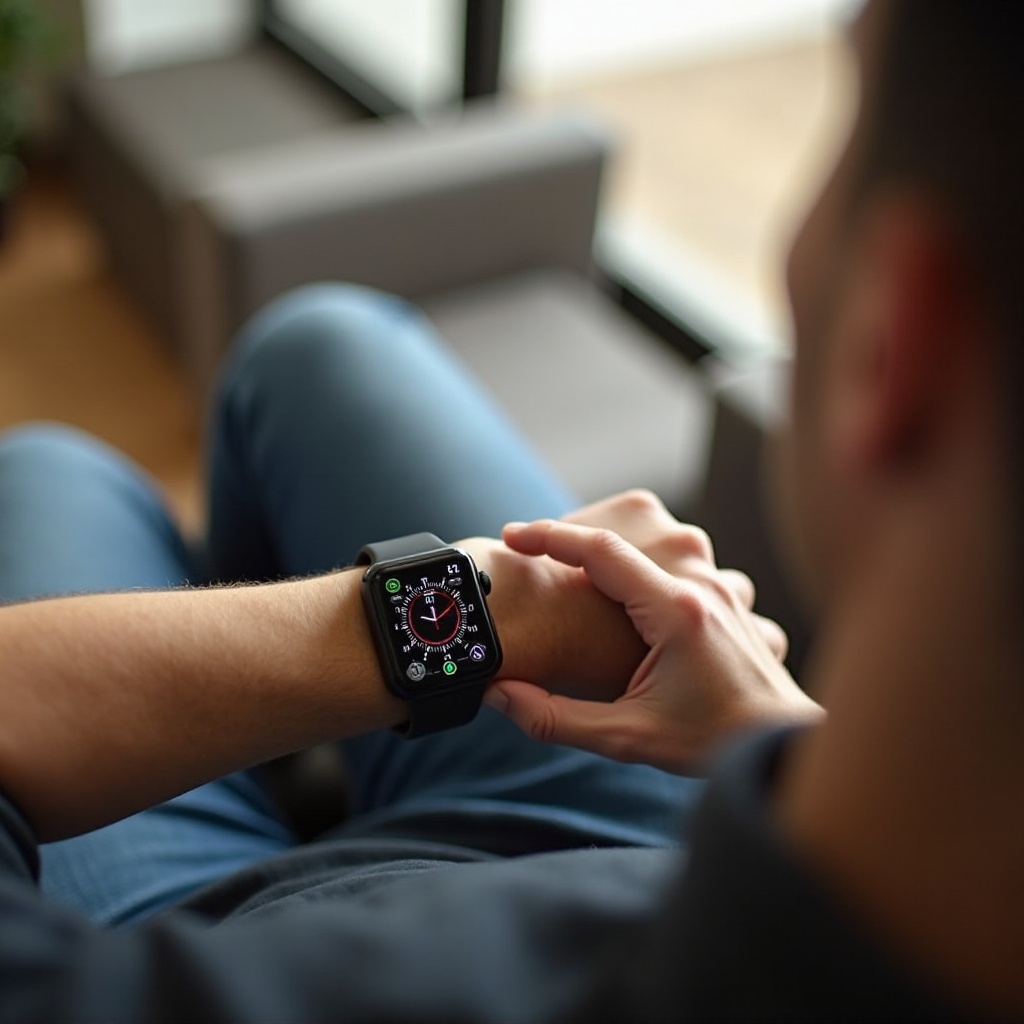Introduction
Smart watches have become integral to personal health tracking. They monitor steps, heart rates, sleep patterns, and more. A recent feature gaining attention is the blood pressure monitoring function. With many relying on these devices to keep tabs on their health, a crucial question arises: are these smart watch blood pressure monitors accurate? This blog aims to explore the accuracy of these devices by delving into the technology behind them, comparing them with traditional blood pressure monitors, and examining factors that affect their performance.

The Role of Technology in Smart Watches
Smart watches are technological marvels packed with various sensors that gather data from the user’s body. These sensors, along with advanced algorithms, help in providing health metrics. Specifically, for blood pressure, most smart watches use optical sensors that employ photoplethysmography (PPG). PPG involves using light to detect the pulse rate and then applying complex algorithms to estimate blood pressure. This method, while non-invasive and convenient, relies heavily on the accuracy of the sensors and the underlying software.
Technology giants are competing to improve their respective smart watch models. They constantly enhance the precision and reliability of the sensors. Nevertheless, how does this technology really fare when translating into accurate health data, particularly blood pressure readings? We dig deeper to understand this.

Understanding How Smart Watch Blood Pressure Monitors Work
Smart watch blood pressure monitors work by tracking the variation in blood volume through the skin with the help of optical sensors. These sensors emit light into the skin and measure the amount of light that is either absorbed or reflected back. The changing patterns in the light reflection allow the device to monitor heart rate and, with the help of AI algorithms, to estimate blood pressure.
However, it’s essential to note that these devices do not measure blood pressure directly. Instead, they use surrogate markers such as pulse transit time (PTT) – the time it takes for a pulse wave to travel between two arterial sites. By calibrating this data against traditional blood pressure readings, the smart watch creates a model that estimates the user’s blood pressure over time. Calibration usually requires the initial input of several measurements taken with a traditional monitor to set a baseline.
This process highlights the dependency on algorithms and the importance of accurate baseline data for smart watches to provide reliable readings. But how do these results compare with those from the time-tested traditional blood pressure cuffs?
Comparing Smart Watch Blood Pressure Monitors with Traditional Devices
Traditional blood pressure monitors use the oscillometric method, providing a direct and highly accurate measurement. They measure the force of blood against artery walls by inflating a cuff around the upper arm. This tried-and-tested method is widely regarded as the gold standard for measuring blood pressure.
On the other hand, smart watches offer convenience and ease of use but can be subjected to variables that affect their readings. While they are user-friendly and provide real-time data throughout the day, the accuracy may not always match that of traditional monitors. Studies comparing both methods have shown mixed results. Some research indicates that smart watch blood pressure monitors are close in accuracy, particularly when the device is calibrated and used correctly.
However, factors such as motion, improper wrist placement, and physiological variances can affect readings. Inconsistent calibration and reliance on indirect measurement methods mean that while smart watches can offer a useful approximation, they might not be ideal as standalone diagnostic tools.
Factors Affecting Accuracy
Several factors can affect the accuracy of blood pressure readings on a smart watch:
- Sensor Quality: High-quality sensors can provide more accurate data. However, cheaper or lower-end models might struggle to give precise readings.
- Calibration: The accuracy of the baseline calibration with a traditional monitor significantly impacts ongoing readings.
- Wrist Placement: The position of the smart watch on the wrist can influence the data collected.
- Movement and Activity: Physical activity or motion can introduce noise, making the readings less reliable.
- Skin Tone and Thickness: Variations in skin tone and thickness can affect the light absorption and reflection capabilities of the optical sensors.
These factors underline the limitations and potential areas of improvement for smart watch manufacturers.

Tips for Ensuring Accurate Readings
To ensure that your smart watch blood pressure monitor provides the most accurate readings possible, consider the following tips:
- Calibrate Correctly: Initially calibrate your device accurately with a traditional blood pressure monitor.
- Consistent Placement: Wear the watch in the same position each time you take a reading.
- Stay Still: Avoid movement and ensure you are relaxed. It’s best to take readings while seated and resting.
- Regular Updates: Keep your smart watch’s firmware and software updated for improved accuracy and performance.
- Optimal Fit: Ensure the watch is snug but comfortable; it should not be too tight or too loose.
Conclusion
Smart watch blood pressure monitors offer a blend of convenience and advanced technology, making them popular for casual tracking. While they’re impressive from a technological standpoint, their effectiveness largely depends on proper use and calibration. Though not replacements for traditional devices, they serve as excellent supplementary tools for those looking to keep an eye on their blood pressure regularly.
Frequently Asked Questions
How accurate are smart watch blood pressure monitors compared to traditional monitors?
Smart watch blood pressure monitors can provide approximate readings but generally are not as accurate as traditional monitors. Their accuracy depends heavily on factors such as sensor quality, calibration, and proper usage.
What are the best practices for using smart watch blood pressure monitors?
To ensure accurate readings, properly calibrate the device with a traditional monitor, wear the watch consistently in the same position, minimize movement during readings, keep software updated, and ensure a snug but comfortable fit.
Can smart watch blood pressure monitors replace traditional devices for medical use?
Currently, smart watch blood pressure monitors cannot replace traditional devices for medical use. While they are useful for general monitoring, they should not be solely relied upon for medical diagnostics without the confirmation of a traditional blood pressure monitor.